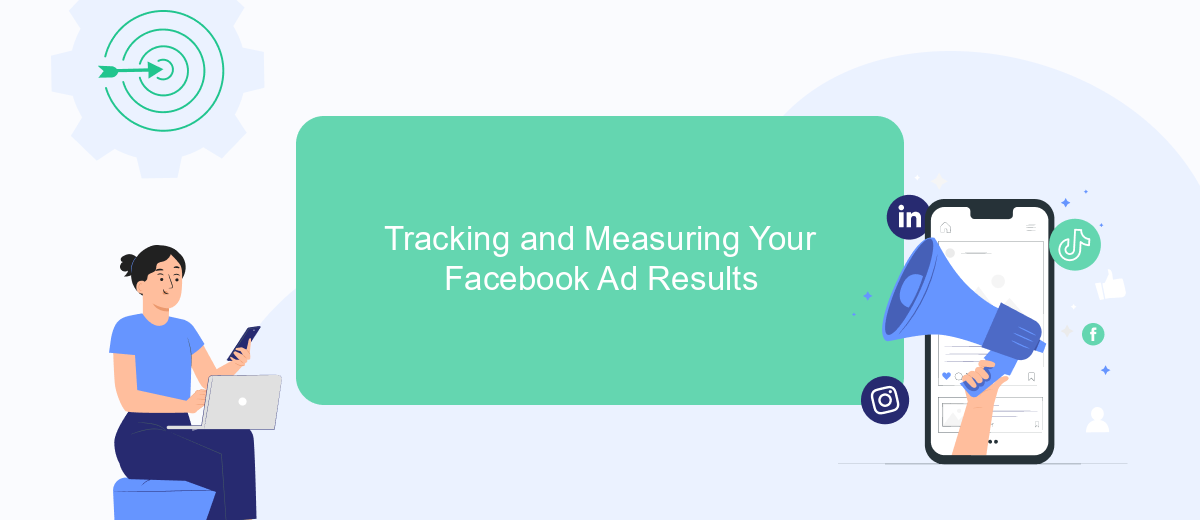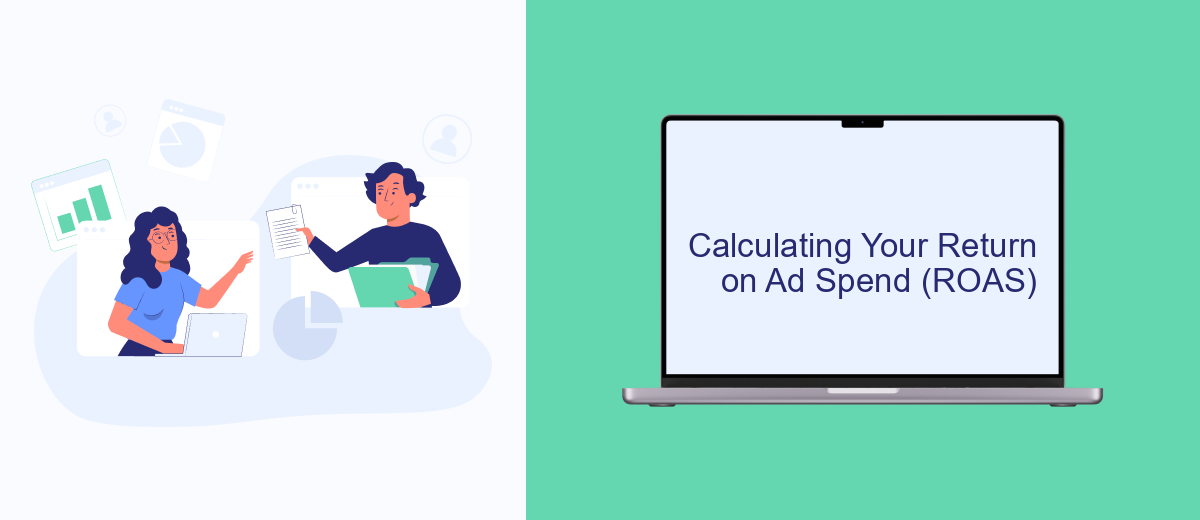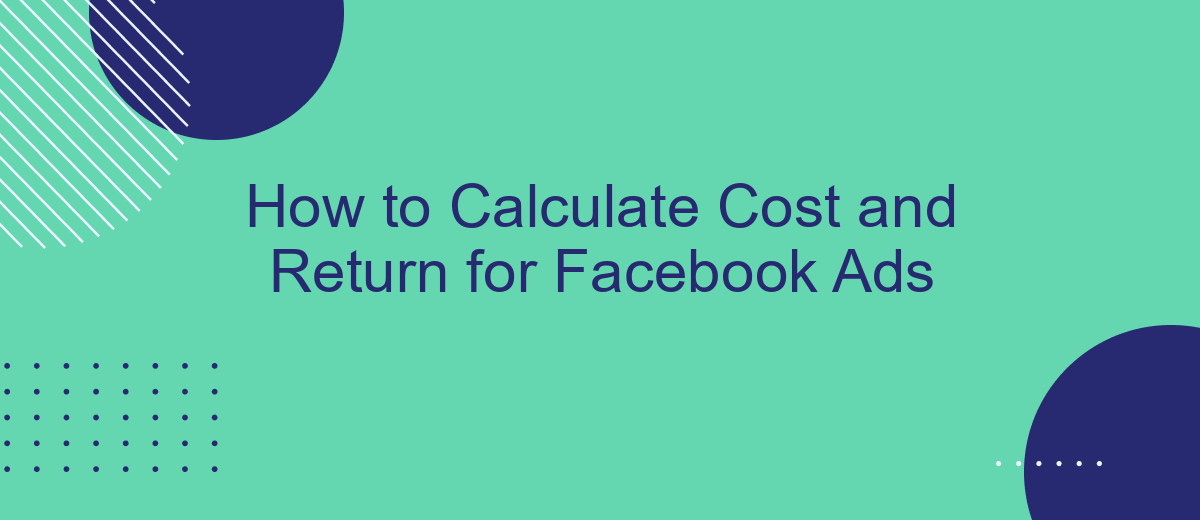In today's digital marketing landscape, Facebook Ads have become a vital tool for businesses aiming to reach their target audience effectively. Understanding how to calculate the cost and return on investment (ROI) for these ads is crucial for optimizing marketing budgets and strategies. This article will guide you through the essential steps and considerations for accurately assessing the financial performance of your Facebook advertising campaigns.
Understanding Your Campaign Objectives and Metrics
Before diving into the costs and returns of Facebook Ads, it is crucial to understand your campaign objectives and the metrics that will guide your strategy. Your campaign objectives should align with your overall business goals, whether it's increasing brand awareness, driving website traffic, or boosting sales. Clearly defined objectives will help you select the right ad formats and targeting options, ensuring that your ads reach the most relevant audience.
- Brand Awareness: Focus on reaching a broad audience to increase recognition.
- Traffic: Drive users to your website or app for more engagement.
- Engagement: Encourage likes, shares, and comments to boost interaction.
- Conversions: Optimize for actions like purchases or sign-ups.
- Lead Generation: Collect information from potential customers.
Once you have established your objectives, identify the key performance metrics that will measure your success. These may include click-through rates, conversion rates, cost per acquisition, and return on ad spend. Regularly monitoring these metrics will provide insights into your campaign's effectiveness, allowing you to make data-driven adjustments to maximize your return on investment.
Calculating Your Facebook Ad Spend

To effectively calculate your Facebook ad spend, start by setting a clear budget that aligns with your marketing goals. Determine whether you want to set a daily budget, which limits your spend per day, or a lifetime budget for the duration of your ad campaign. Use Facebook's ad manager to monitor your spending in real-time, ensuring you stay within your budget. Additionally, consider testing different ad formats and audiences to optimize your spend and achieve the best return on investment.
Integrating tools like SaveMyLeads can streamline your ad spend tracking by automatically transferring lead data to your CRM or other platforms. This automation not only saves time but also ensures accurate data collection, allowing you to analyze which ads are generating the most leads and adjust your budget accordingly. By leveraging such integrations, you can make informed decisions about your ad spend and maximize your campaign's effectiveness.
Tracking and Measuring Your Facebook Ad Results

Effectively tracking and measuring your Facebook ad results is crucial for optimizing your campaigns and maximizing ROI. By understanding which ads perform best, you can allocate your budget more efficiently and refine your strategies. Start by setting clear goals and key performance indicators (KPIs) that align with your business objectives, such as clicks, conversions, or engagement rates.
- Utilize Facebook Ads Manager to monitor your ad performance in real-time. This tool provides detailed insights into metrics like reach, impressions, and cost per result.
- Implement Facebook Pixel on your website to track user interactions and conversions. This code snippet allows you to gather data on how users engage with your site after clicking on your ad.
- Regularly analyze your ad reports to identify trends and patterns. Look for high-performing ads and consider testing different ad formats, targeting options, or creatives to improve results.
Consistently reviewing your ad performance enables you to make data-driven decisions and adjust your campaigns for better outcomes. By leveraging these insights, you can enhance your advertising strategy, ensuring that your Facebook ads effectively reach and engage your target audience while delivering the desired results.
Calculating Your Return on Ad Spend (ROAS)

Return on Ad Spend (ROAS) is a critical metric for evaluating the effectiveness of your Facebook advertising campaigns. It measures the revenue generated for every dollar spent on ads, helping you understand the profitability of your marketing efforts. Calculating ROAS enables you to make informed decisions about budget allocation and campaign optimization.
To calculate ROAS, divide the total revenue generated from your Facebook ads by the total cost of those ads. This ratio indicates how much revenue you earn for each dollar spent. A ROAS greater than 1 indicates a profitable campaign, while a ROAS less than 1 suggests a need for strategy adjustments.
- Determine the total revenue from your Facebook ads.
- Calculate the total cost of your Facebook ad campaigns.
- Use the formula: ROAS = Total Revenue ÷ Total Ad Spend.
- Analyze the ROAS to assess campaign performance.
By regularly monitoring your ROAS, you can identify which campaigns are driving the most value and make data-driven decisions to enhance your advertising strategy. Adjusting your campaigns based on ROAS insights ensures that your budget is used effectively, maximizing your return on investment.


Optimizing Your Campaigns for Better Cost and Return
To optimize your Facebook ad campaigns for better cost and return, start by closely monitoring your key performance indicators (KPIs). Analyze metrics such as click-through rate (CTR), conversion rate, and cost per action (CPA) to identify which ads are performing well and which need adjustments. Regularly A/B test different ad creatives, targeting options, and bidding strategies to discover what resonates best with your audience. By fine-tuning these elements, you can reduce costs and increase your return on investment (ROI).
Additionally, consider leveraging integration tools like SaveMyLeads to streamline your workflow and improve data management. SaveMyLeads can automate the process of transferring leads from Facebook ads to your CRM or email marketing platforms, ensuring that you respond to potential customers promptly. This efficiency not only saves time but also enhances your ability to convert leads into sales, ultimately boosting your campaign's effectiveness. By combining data-driven insights with smart automation, you can achieve a more cost-effective and successful Facebook advertising strategy.
FAQ
How do I calculate the cost of my Facebook Ads campaign?
What is the best way to measure the return on investment (ROI) for Facebook Ads?
How can I track conversions from Facebook Ads?
What metrics should I focus on when evaluating the performance of my Facebook Ads?
How can I automate the process of tracking and analyzing my Facebook Ads data?
Use the SaveMyLeads service to improve the speed and quality of your Facebook lead processing. You do not need to regularly check the advertising account and download the CSV file. Get leads quickly and in a convenient format. Using the SML online connector, you can set up automatic transfer of leads from Facebook to various services: CRM systems, instant messengers, task managers, email services, etc. Automate the data transfer process, save time and improve customer service.
